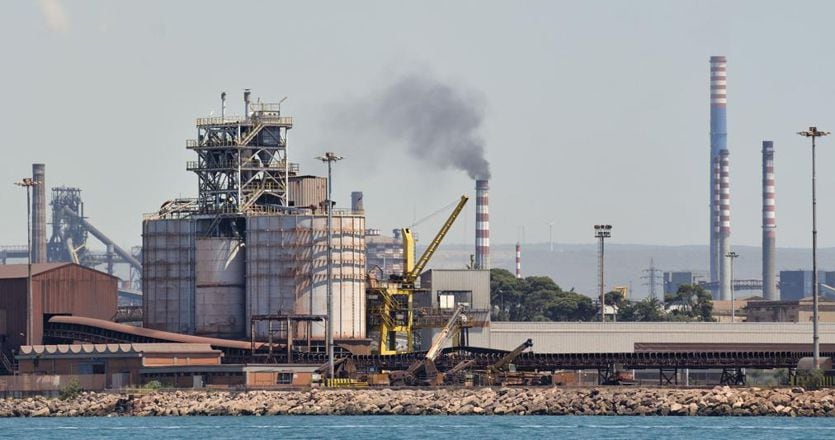A significant reduction in mortality and emissions from 2012 onwards, ie after the integrated environmental authorization subsequent to the judicial seizure of steel plants. This is what the scenarios of the report that, commissioned and funded by the Puglia Region, presented WHO presented on January 21 with reference to the former Ilva di Taranto, now Acciaierie d’Italia, and its health impact say. The three scenarios are related to the implementation of the measures required under the Hague 2012.
For the WHO, «the impact of the ex-Ilva plants has been considerable, but not yet fully characterized. While direct emissions in the air are relatively well monitored, you know less than other exposure routes that involve different matrices such as soil or water ».
And again: “The emissions into the air of the ex-Ilva plant, if translated into concentrations of PM, are the cause of excess mortality and other negative impacts on health, with relative economic costs”. And above all “estimates of this relationship are fully in line with previous assessments, carried out by regional authorities and other researchers”.
The three scenarios and the downward curve of deaths
For deaths only in Taranto, the scenarios identified by WHO say pre 2010 are calculated 180 premature deaths per year for non-accidental causes, that with the 2012 Hague is down to 114 and post Hague, in 2015, to 31. Deaths premature for the area investigated by health damage rating (VDS) pass instead of 156 per year pre Hague in 2010, 100 in 2012 to get to 28 posts in 2015. the 2012 Hague Hague is the one that introduced new , stringent requirements than that of 2011 that prosecutors, in the “Environment undersold” held in the Court of Assizes in Taranto in recent months and ended with heavy sentences, have called “phony” because it built on the instructions of the company, then in hand to the Riva group.
It should also be noted, however, that after the seizure of the plants, in the following years and even today that the former Ilva is under the guidance of Steelworks of Italy (but in the latter case due to installation reasons), the production of steel is it is greatly reduced compared to factory capacity. Last year was just over 4 million tons (despite the positive market) while it was about 3.4 million in 2020. Since 2015 is then stopped the blast furnace 5, the largest in Europe. It is lowered, therefore, the index of deaths and one pollutant PM 2.5, compared to the pre 2010, recorded a cut of emissions by 34 percent in 2012 and 66 percent in 2015.
